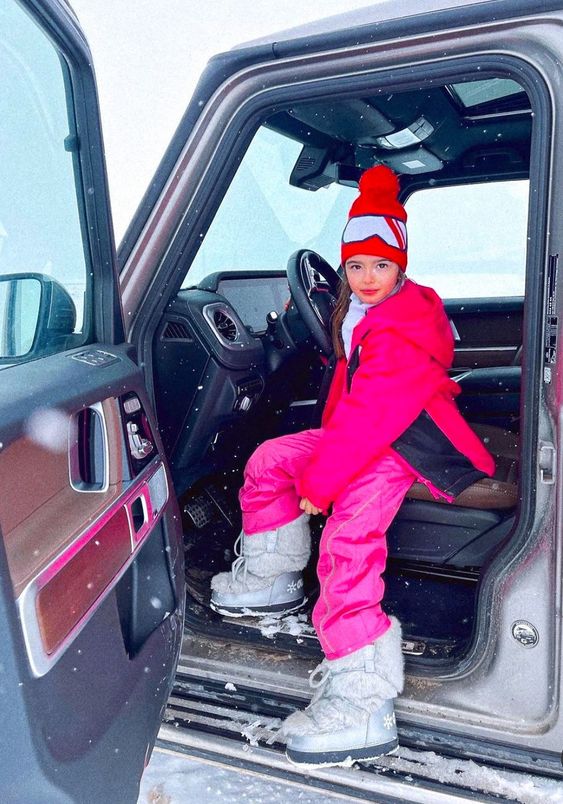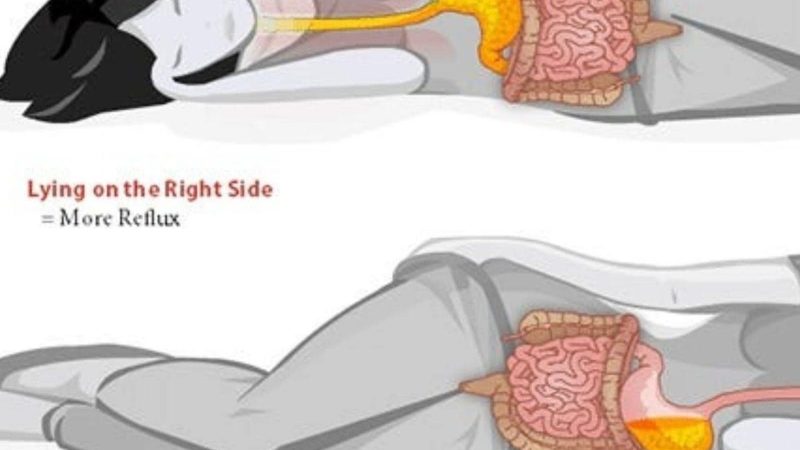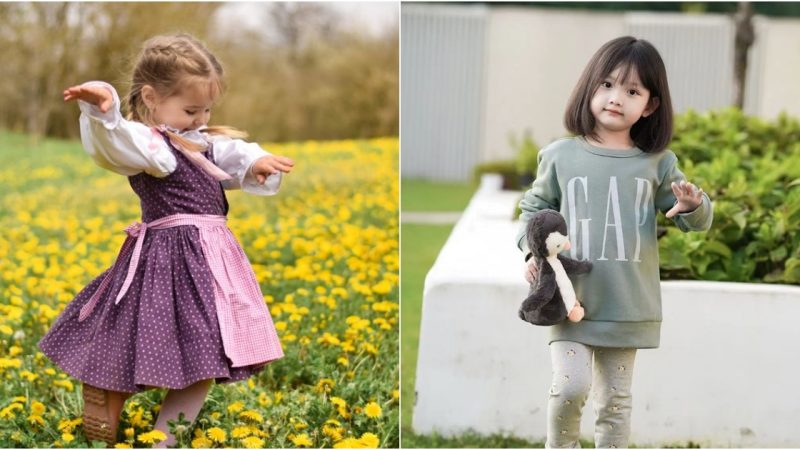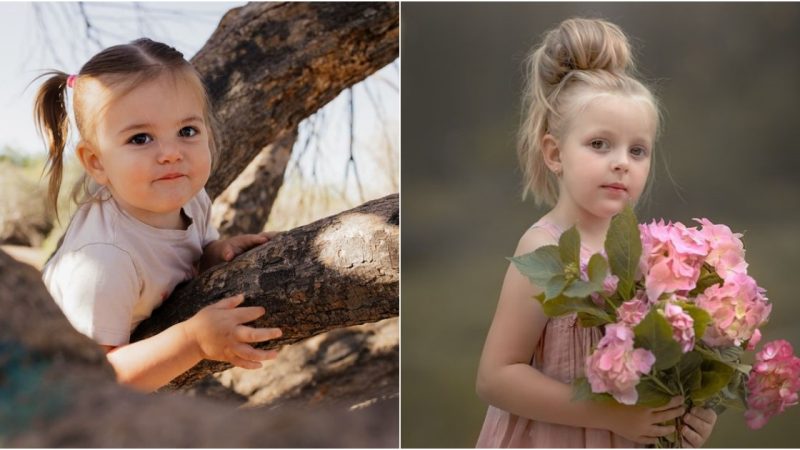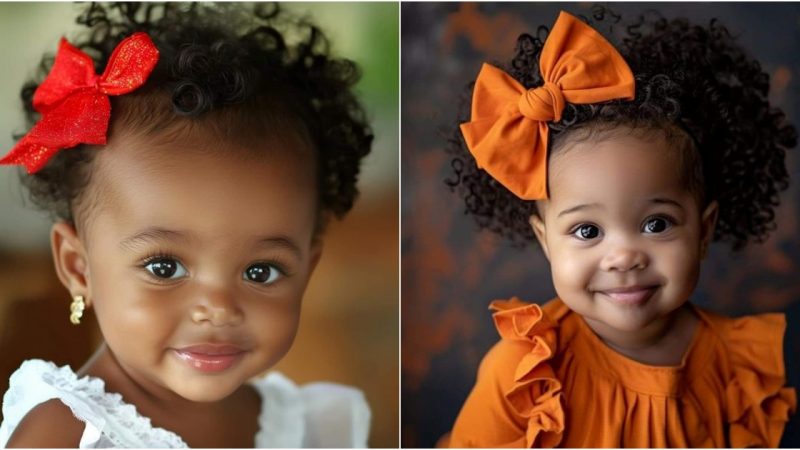Dressing Your Child for Winter Weather: A Guide
When it comes to keeping your child warm and comfortable during the colder months, dressing them properly is essential. One of the best strategies is to dress your child in many thin layers of clothing rather than just a few thick ones. This approach provides better insulation and allows you to adjust their outfit more easily as the temperature changes throughout the day.
The Layering Principle
A basic rule of thumb is that parents should dress their children in one more layer than they themselves would wear in the same weather conditions. Children tend to lose heat more quickly than adults, so this extra layer helps ensure they stay warm. Here’s how to effectively layer your child’s clothing:
1. **Base Layer:** Start with a moisture-wicking layer, such as a lightweight thermal or a snug cotton shirt. This layer should fit close to the skin to help regulate body temperature and keep sweat away from the skin.
2. **Middle Layer:** Add one or two insulating layers, like fleece or wool. These layers trap heat and provide warmth without adding too much bulk.
3. **Outer Layer:** Finish with a windproof and waterproof jacket or snowsuit. This layer protects against the elements, such as wind, rain, or snow.
Choosing the Right Clothes
Opt for clothes that are elastic and easy to take off. Elastic waistbands, stretchy fabrics, and simple fastenings make it easier to add or remove layers as needed. This flexibility is crucial, especially when moving between outdoor and indoor environments.
Dressing for Snowy Weather
In snowy weather, thick, warm clothes are extremely reasonable. Look for insulated, waterproof outerwear, such as puffy jackets and snow pants. Ensure that hats, gloves, and scarves are also part of their ensemble to protect extremities from the cold. Waterproof boots with good insulation are essential to keep their feet warm and dry.
Practical Tips
– **Check the Fit:** Make sure all layers fit comfortably. Clothes that are too tight can restrict movement and reduce the insulating effect, while clothes that are too loose may not provide adequate warmth.
– **Monitor Their Comfort:** Regularly check if your child feels too hot or too cold and adjust their layers accordingly. Younger children may not always express discomfort, so it’s important to be attentive.
– **Be Prepared:** Always have extra layers on hand when going out, so you can add or remove items as the weather or activity level changes.
By following these guidelines, you can help ensure your child stays warm, comfortable, and happy during the winter months. Dressing them in multiple thin layers, choosing flexible clothing, and paying attention to their needs will make navigating the cold weather much easier for both you and your child.
Hits: 114


